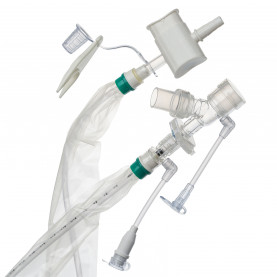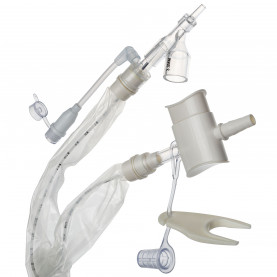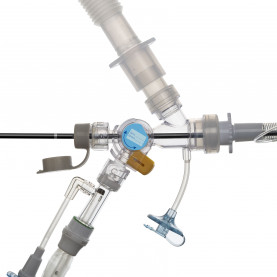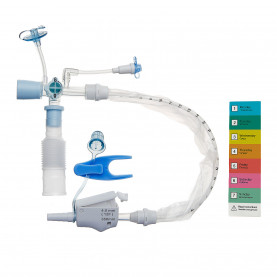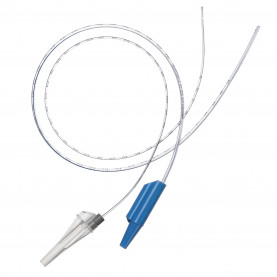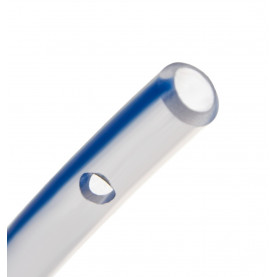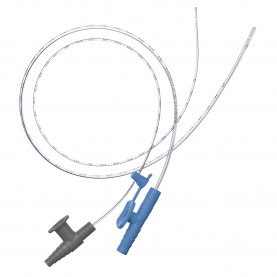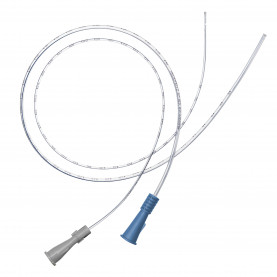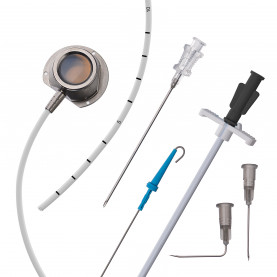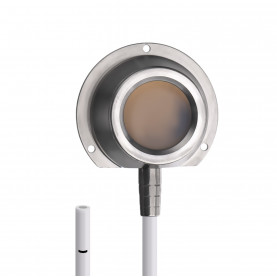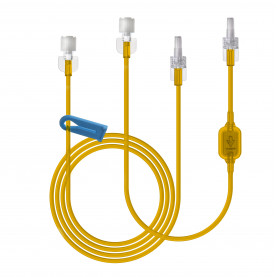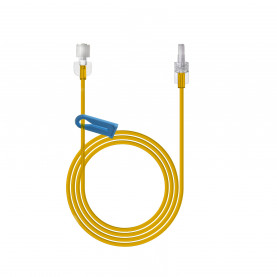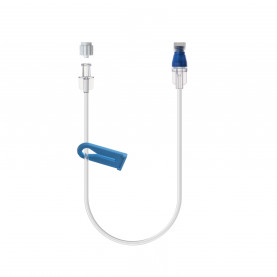Technion researchers "breakthrough" discovery could lead to new antibiotic types
Technion researchers have reached a breakthrough that could potentially develop new types of antibiotics to battle bacterial diseases.

Researchers at Haifa’s Technion- Israel Institute of Technology have made a “breakthrough” that could lead to the development of effective new types of antibiotics to fight bacterial disease.
At present, due to overuse of existing antibiotics and the growing resistance of bacteria to them, highly pathogenic (disease-causing) bacteria such as methicillin-resistant Staphylococcus aureus (MRSA) are causing deaths from hospital-acquired (nosocomial) infections as few weapons against them remain.
In the US alone, approximately 500,000 patients at hospitals contract a staph infection. It is the bacteria responsible for MRSA, for which there is no vaccine.
But all that could change, thanks to the findings to be published on Friday in Science by Technion Asst. Prof. Meytal Landau and colleagues of the biology faculty.
The researchers discovered for the first time the existence of unique amyloid fibrils with which MRSA attacks the human cells and immune system. The research could advance the discovery of antibiotics with a novel mechanism of action that will attack key bacterial toxins.
The researchers discovered “ammunition” that helps the bacteria – a novel form of an amyloid fibril whose three-dimensional structure was determined at atomic resolution, revealing the firstof- its-kind structure of this toxic fibril. Amyloids, which are proteins notoriously known for their association with neurodegenerative diseases such as Alzheimer’s and Parkinson’s, form a network of protein fibrils – somewhat similar to a spider web. These are characterized by an orderly and extremely stable structure that makes it possible for the proteins to withstand extreme conditions in which ordinary proteins do not survive.
In the present study, an amyloid of a completely new structure was discovered, which was named cross-alpha.
“At some point, we knew that we had found something unique, but only after several trips to cyclic particle accelerators (synchrotrons) in Grenoble and Chicago were we successful in verifying its being a new type of amyloid,” said Landau. “Much more work was required before we could publish our findings, but from the very first moment, it was clear to us that what we had was a paradigm shift.”
She believes that the new discovery will lead to the development of antibiotics with a new action mechanism. Such drugs will inhibit the amyloid formation thereby neutralizing one of the important “weapons” in the arsenal of this pathogenic bacterium.
Since this antibiotic is not aimed at killing the bacterium but only reducing its toxicity to humans, she believes it will not lead to a rapid development of bacterial resistance toward it.
“Resistance to antibiotics develops in bacteria due to evolutionary pressure – natural selection leads to the growth of bacteria which antibiotics are unable to kill,” she said. “If we reduce the pressure on the bacterium and don’t kill it but rather prevent its pathogenic aspects, the resistance will probably not rush to develop.”
This understanding can help pharmaceutical companies accelerate the drug development process and lower the costs, Landau concluded.


